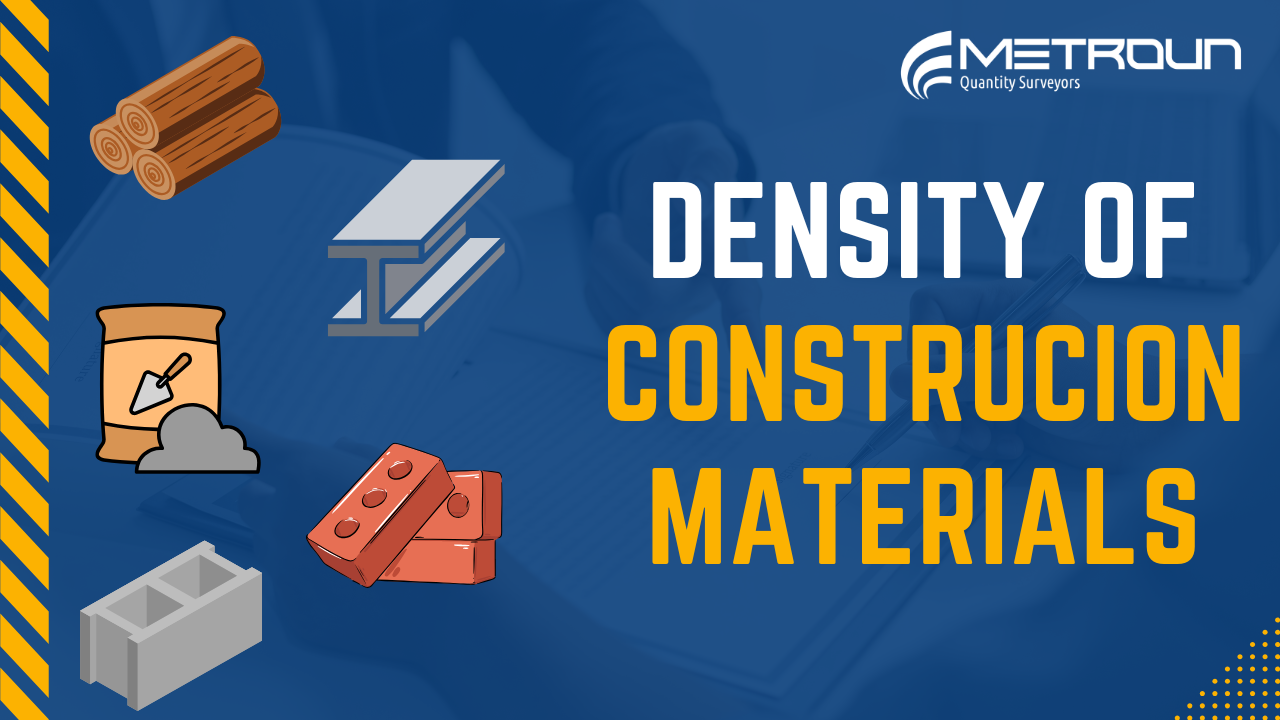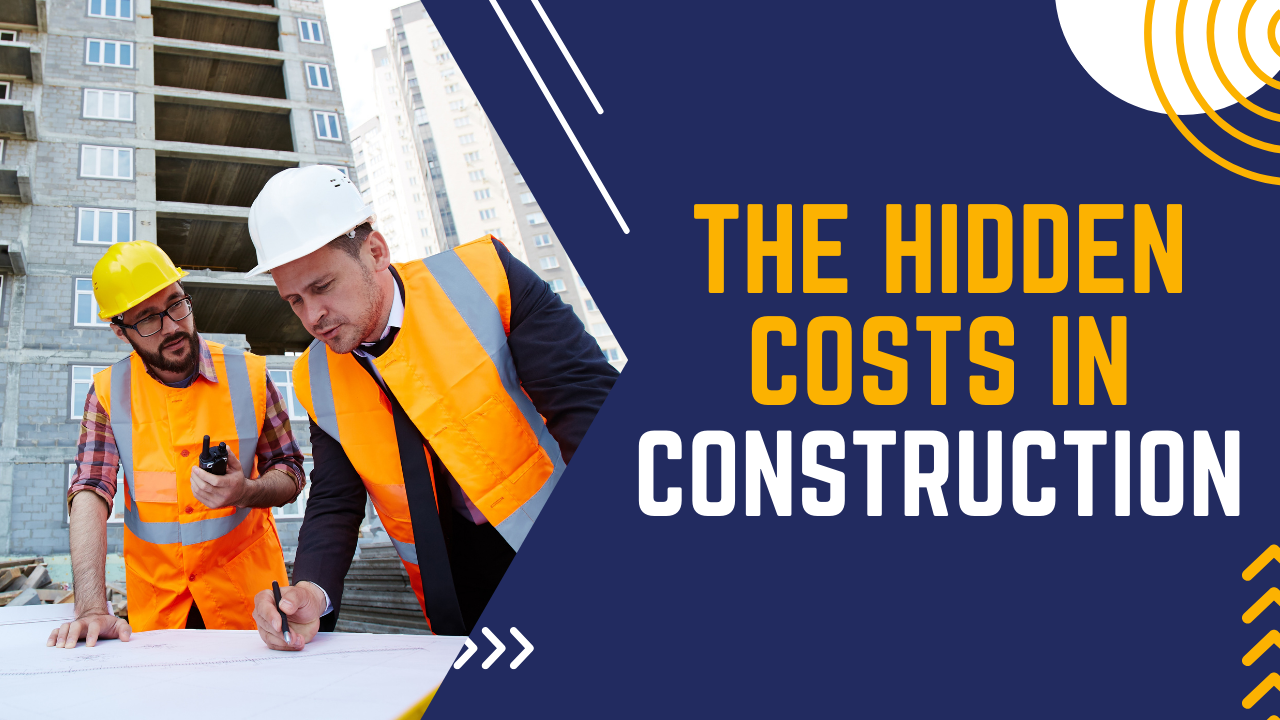When it comes to delivering a successful construction project, there are many important milestones along the way. One of the most critical is Practical Completion. This term marks the point when a building is considered ready for its intended use.
In this post, we’ll break down what practical completion means, how to achieve it, and what key stakeholders need to know to avoid disputes and delays.
What is Practical Completion?
Practical Completion (often shortened to PC) is a formal stage in a construction project where the works are finished in line with the contract, except for minor defects that don’t prevent the building’s normal use. At this point, the building or structure is safe, functional, and ready to be occupied.
For example, in a housing development, practical completion means the homes or apartments are ready for residents to move in. All main works are done, and only minor touch-ups may remain.
Importantly, PC isn’t just about the physical works. It also requires that all relevant documentation. This includes approvals, certificates, warranties, and operating manuals which should be complete and handed over to the client.
Why is Practical Completion So Important?
Practical completion is a key turning point in the project’s life cycle because it triggers several legal and financial consequences:
- The client can take possession and use the building.
- Responsibility and insurance obligations typically shift from the contractor to the client.
- Retention money may partly be released.
- The defects liability period begins, during which the contractor must fix any defects identified.
The defects liability period usually lasts between six and twelve months, depending on the contract terms. It is not a warranty period; rather, it gives the client time to spot defects and get them corrected at no extra cost.
How is Practical Completion Achieved?
Getting to practical completion involves a few critical steps:
1. Pre-Completion Inspections:
The contractor carries out detailed inspections to confirm the works meet the contract requirements. Any defects or incomplete items are identified and listed.
2. Rectify Defects:
If defects are found, they must be corrected before PC can be certified.
3. Submit Final Documents:
Once the works and corrections are complete, the contractor must provide the client with all final documents — such as as-built drawings, operation manuals, and warranties.
4. Certification:
The contract administrator or employer’s agent reviews the site and paperwork. If satisfied, they issue a certificate of PC.
Roles and Responsibilities
The Contractor:
Must ensure the project is completed to specification, defects are addressed, and all paperwork is in place.
The Client:
Reviews the works and documents, and may flag any concerns before accepting PC.
Dealing with Delays
Delays in achieving practical completion can cause disputes and financial headaches. They can impact when retention is released and when the defects liability period starts. Clear communication and a shared understanding of what “practically complete” means help avoid conflicts. Contracts should also address how delays will be managed, including extensions of time or liquidated damages.
Conclusion
Practical completion is more than just a milestone. It marks a legal and financial handover point that affects everyone involved. Always check your contract’s definition of practical completion, plan early, and document everything to ensure a smooth transition from construction to occupation.
Why not join Metroun Learning and take our course on Practical Completion










